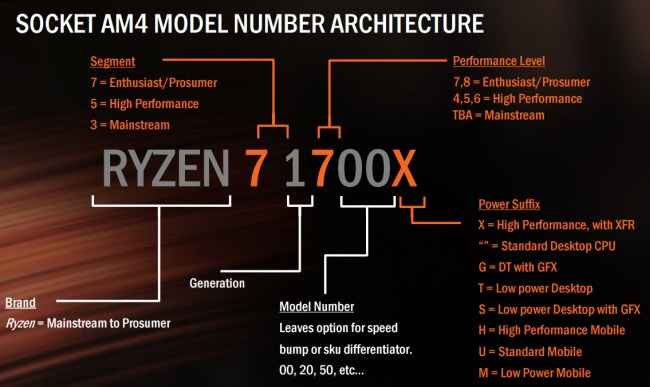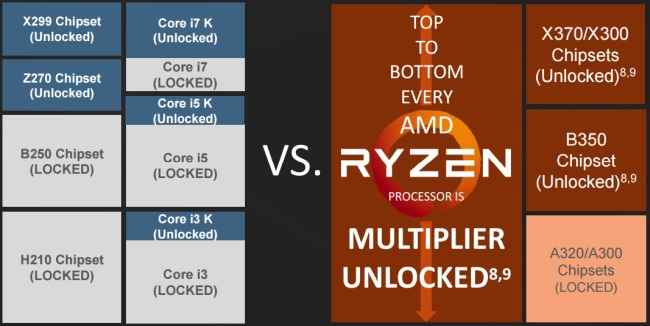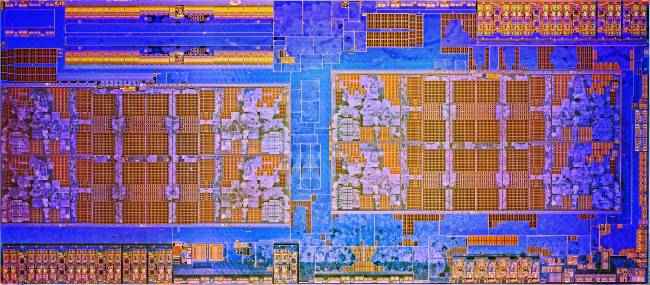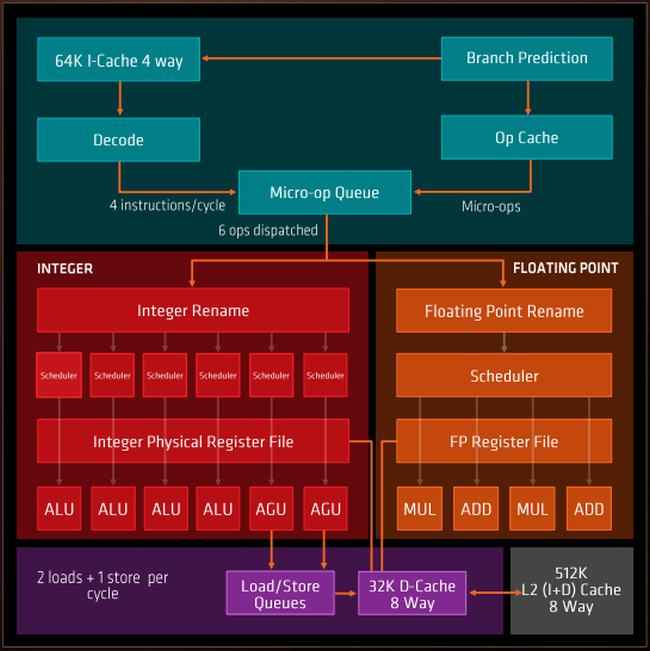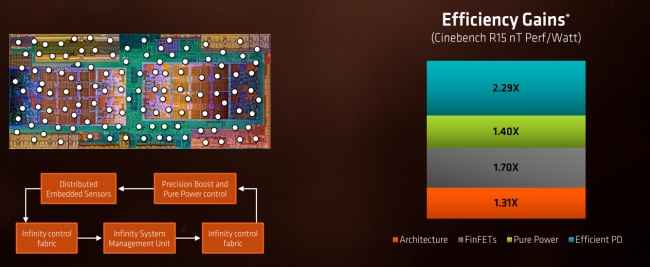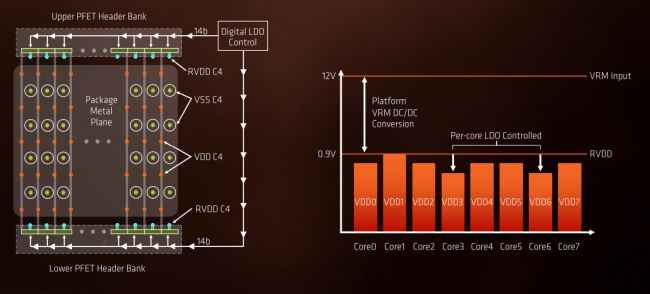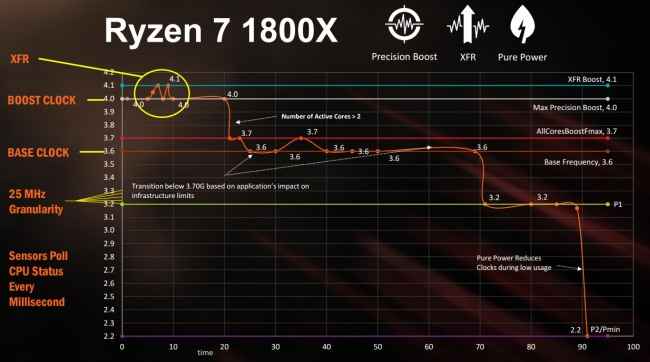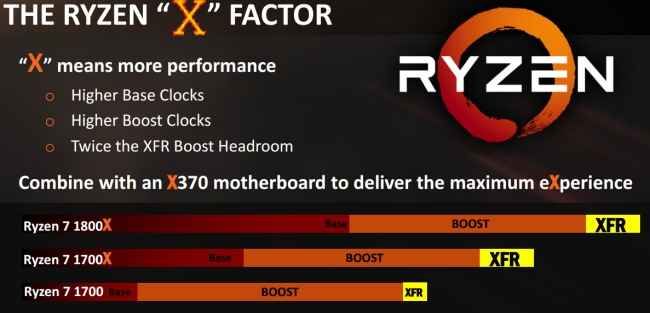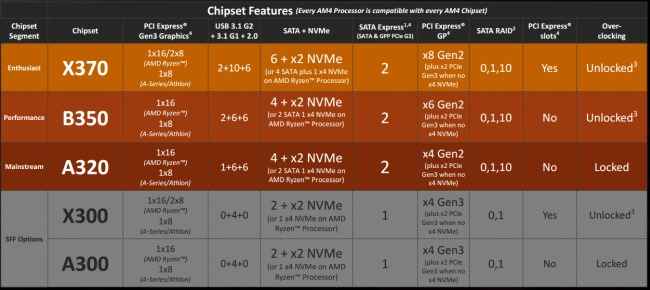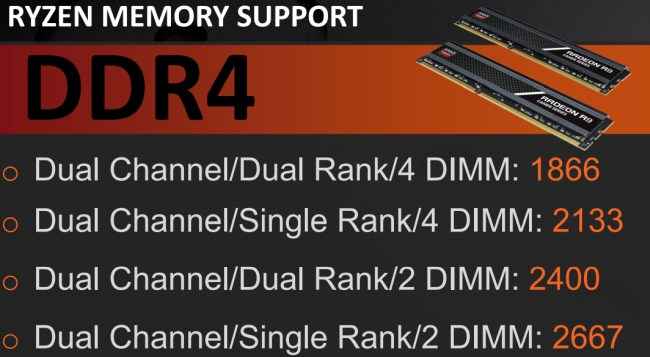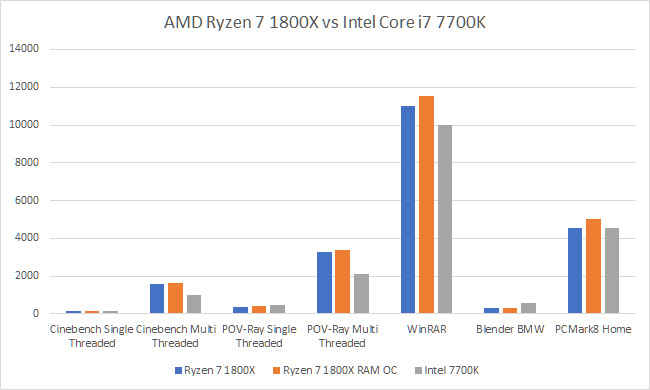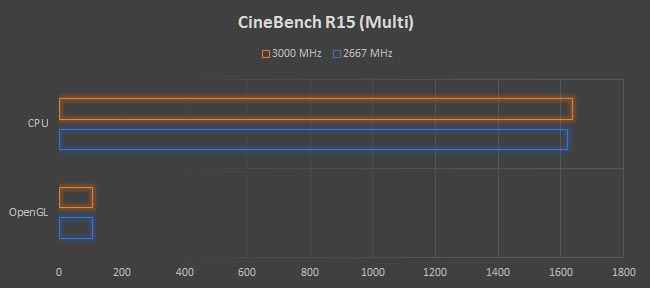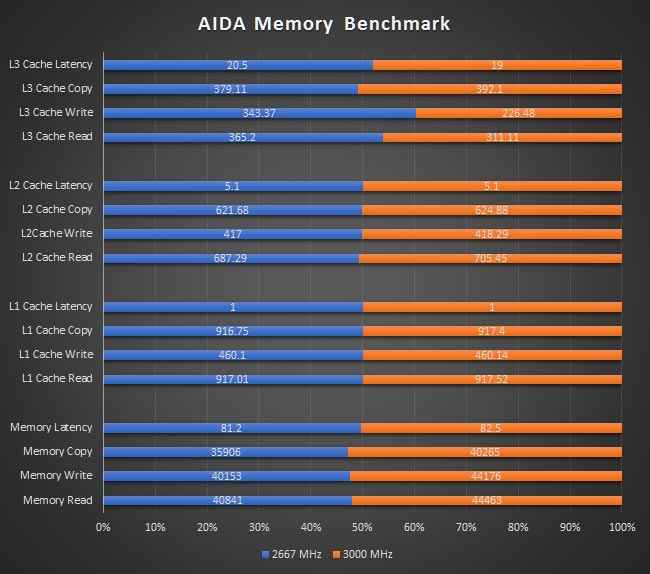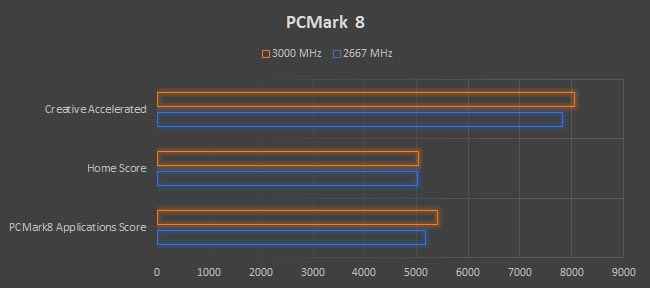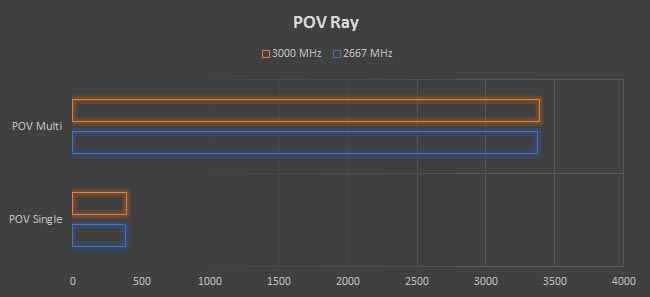AMD Ryzen 7 1800X Review : Core Wars – The Return of the Ryzen
AMD's Ryzen is definitely a notable moment for the PC industry. With AMD back in the game, Intel will now have to up its game and bring out CPUs which are again competitive. We honestly hope this sets off a new battle between the two giants from the Silicon Valley. After all, the consumers have the most to gain from competition. The Ryzen 7 1800X is great when it comes to multi-threaded performance but single threaded performance is a tad behind in certain benchmarks. However, the fact remains that AMD does this for less than half the price. Even with the modest price cut that Intel CPUs have undergone over the last two days, AMD's Ryzen CPUs still offer a much better overall performance. Who can say no to more cores? Be it gaming, video editing or running everyday home tasks, all applications are slowly moving towards a multi-threaded approach and that's the way to go.
It’s one of the few things that has most of us PC enthusiasts really excited for a couple of reasons. For starters, this will bring to an end of stagnancy in the CPU market. Intel’s previous release, Kaby Lake, was an optimisation step in their cadence cycle. So with minimal performance improvement overall, they were selling an entire new platform. We say minimal overall because the iGPU encode capabilities show a significant improvement. However, everything else was far too low to warrant a platform upgrade from Z170 to Z270 just to get 5-7 per cent more performance and to make use of Intel 3D XPoint memory that’s around the corner. Secondly, AMD’s known for offering CPUs at a significantly lower price point, which for us Indians, is a huge thing. It makes it easier for a developing country like ours to allow greater access to technology for the underprivileged. So without further ado, let’s delve into what makes the new AMD Ryzen tick.
AMD RYZEN 7 CPU Lineup and Specifications
With Polaris, AMD had opted to launch mid-range and entry-level graphics cards at the beginning and we’re about to see VEGA, their flagship GPU, launching sometime in the coming months. However, with Ryzen, AMD is launching the flagship first and the mid-range and low-end CPUs will come in later. The current launch lineup consists of three SKUs, all under the Ryzen ‘7’ sub-brand. Similar to how Intel has the Core i7. This kind of marketing will allow consumers to easily connect the dots as to which CPU series competes with Intel. So yeah, the other two series from AMD will be the Ryzen 5 for mainstream and the Ryzen 3 for entry level use cases. But wait! AMD’s slide mentions the Ryzen 5 to be ‘high-performance’ and the Ryzen 3 to be ‘mainstream’. Given the fact that Ryzen 7 is competing with Intel Core i7’s top end SKUs, it wouldn’t be wrong to assume that the Ryzen 5 is going to give Core i5 a touch competition. The same can be said for the Ryzen 3 CPUs. We don’t have information as to when these are coming out, but expect them after a quarter or two since the die has been finalised. Now, let’s take a look at the three SKUs coming out today.
|
CPU |
Ryzen 7 1800X |
Intel Core i7 6900K |
Ryzen 7 1700X |
Intel Core i7 7700K |
Ryzen 7 1700 |
|
Base Clock |
3.6 GHz |
3.2 GHz |
3.4 GHz |
4.2 GHz |
3.0 GHz |
|
Boost Clock |
4.0 GHz |
3.7 GHz |
3.8 GHz |
4.5 GHz |
3.7 GHz |
|
XFR / Turbo |
4.1 GHz |
4.0 GHz |
NA |
||
|
Process Node |
14 nm |
14 nm |
14 nm |
14 nm |
14 nm |
|
Cores |
8 |
8 |
8 |
4 |
8 |
|
Threads |
16 |
16 |
16 |
8 |
16 |
|
L3 Cache |
16 MB |
20 MB |
16 MB |
8 MB |
16 MB |
|
TDP |
95 W |
140 W |
95 W |
91 W |
65 W |
|
Price |
$499 |
$1089 |
$399 |
$350 |
$329 |
Since Ryzen CPUs have an all new nomenclature, we might as well give you a small primer about the same. The above image should be sufficient to give you an overview. The Ryzen brand is targeted at mainstream-to-enthusiasts and the 7 tells us the series i.e. how high up the performance hierarchy it is. The other two being Ryzen 5 and Ryzen 3. And then we have the model number which is comprised of 4 digits and 1 letter. The first digit indicates the generation, so all next generation flagship could be the Ryzen 7 2800X. The second digit tells us how good the performance is within the series – 7 is good, 8 is better. The remaining two digits allow for more SKUs to be thrown in the range which don’t fall under the ends.
Lastly, we have the suffix at the end. No, it doesn’t indicate an unlocked multiplier. In fact, all SKUs are unlocked unlike the competition. The ‘X’ indicates high-performance with XFR, then you have T for lower power SKUs, S for lower power with iGPU, H for high performance mobile, U for standard mobile and M for low power mobile. Seems quite simple and very similar to the way Intel names its line up.
AMD RYZEN Architecture
AMD Ryzen CPUs are based off the Zen architecture which is a ground up redesign. This is one of the primary reasons for getting this huge IPC performance increase. And it was a good thing that AMD decided to move away from Cluster Based Multithreading to Simultaneous Multithreading despite all their material vouching for CMT in past architectures. You know we’re talking about Bulldozer, right? CMT was a different approach to achieving parallelism but it could never match up to what Intel was doing using SMT.
The Zen Core is capable of fetching 4 x86 instructions, and has four integer units with large registers, enough to have 192 instructions in flight. It uses 2 load/store units to pull up instructions to be processed and can move around 72 out-of-order instructions till they’re needed. There’s a 64K, 4-way I-cache, 32K, 8-way D-cache and the entire L2 cache is an 8-way with 512K of storage space. Each core has two threads and has a large L3 shared cache.
So how did AMD get the impressive 52 per cent IPC improvement? And how on earth did they manage to drop the power down and get the CPU to operate much cooler? The Zen core has an improved branch misprediction algorithm which allows it to look 3 cycles ahead and figure out if any instruction or opcode is out of order. Along with that it also has an improved branch prediction algorithm that allows it to handle 2 branches per Branch Target Buffer entry.
That’s for the core, moving on to the cache now. Each core has a faster 512K L2 cache and each Core Complex has a faster 8 MB L3 cache as well. Architectural improvements and the faster speed allows for faster loading of instruction to the FPU. This is happening in 7 cycles vs 9 in the previous design. And to help with the proper sequence, the L1 and L2 cache are tied to a better data prefetcher. In the end, Zen walks away with twice the bandwidth for the L1 and L2 cache, and up to five times the bandwidth on L3.
And then we have the improvements with power consumption. Thanks to a much more aggressive clock gating and write back to the L1 cache, there’s less need for data to be moved back further down the memory hierarchy. Also, since this was a complete redesign, AMD could keep in the power requirements from the get go and utilise low power methodologies at each and every phase of the design. There are more than 1300 critical path monitors al over the die including 48 high-speed power supply monitors, 20 thermal diodes and 9 high-speed voltage droop detectors which are communicating with a separate microcontroller. This allows the CPU to react really fast to changes across the die and avoid unwanted utilisation of power.
Overall, the architecture helped improve power efficiency by 1.31X, moving to 14nm FinFETs helped by a factor of 1.7X, the array of sensors helped by another 1.4X and lastly, the better power design methodologies that we spoke of helped with another 2.29X.
Each core has a packaged metal plane to redistribute Low Drop-Out output current and the VRM circuitry helps with whatever VID that the highest performing core is asking for. So each high performing core gets exactly the amount of power it needs, thus bringing down the overall power envelope. This works in tandem with AVFS (Adaptive Voltage and Frequency Scaling) which allows for mV level voltage for each core.
AMD RYZEN Precision Boost and Extended Frequency Range (XFR)
Another much talked about feature of the new Ryzen CPUs is the way they overclock themselves when the CPU cooling can handle the higher thermals. The ‘X’ at the end of the AMD Ryzen 7 1800X and the AMD Ryzen 7 1700X indicates that they’re are capable of utilising XFR to give you the little extra performance.
The Zen core has a much more granular level of clock speeds. It moves in 25 MHz steps as opposed to the higher 100 MHz steps we’ve seen so far. Let’s take the example of the Ryzen 7 1800X. It has a base frequency of 3.6 GHz which can jump up to 3.7 GHz across all cores. And should your processing needs require more, then you’ll have the requisite number of core (which is always greater than 2) getting boosted, thanks to Precision Boost. This can go all the way up to 4.0 GHz. This is how the Ryzen 7 1800X ends up with a 4.0 GHz boost clock. This is the juncture where XFR can kick in. For this to happen you need an X370 motherboard, an XFR enabled CPU like the Ryzen 7 1800X or 1700X or even the 1700 and a really good cooler. If the thermal diodes embedded in the die sense that the temperatures aren’t rising too high, then XFR has the go ahead. Extended Frequency Range then kicks in to provide an additional 100 MHz clock boost taking the Ryzen 7 1800X to 4.1 GHz.
The reason that the Ryzen 1800X and 1700X have the ‘X’ at the end is that XFR gives a much higher boost on them. However, every CPU that AMD is releasing under the Ryzen brand will have XFR. It’s just the magnitude of extra boost varies across SKUs.
AMD RYZEN uses the AM4 platform
AMD has opted for the same AM4 socket that we’ve seen with the Bristol Ridge, Summit Ridge and Raven Ridge processors. While the socket remains the same, you’ll need the appropriate chipset to able to use Ryzen CPUs. So you definitely need the new motherboards as making an entirely new architecture to be compatible with a previous gen chipset is asking for too much. However, every upcoming APU and CPU from AMD will be compatible with this new AM4 socket and the new chipsets that are releasing today.
We’re going to see 5 new chipsets with the Ryzen launch, 3 for desktop and 2 for small form factor machines. The X370 is the most feature rich and allows you to use the unlocked SKUs. This means, every CPU released today can be overclocked on the X370 as well as the B350. The A320 is the base chipset that you’ll have to buy to have use Ryzen CPUs. The other two chipsets for SFF applications will be released later when more Ryzen SKUs come out.
Aside from support for unlocked CPUs, the remaining feature fragmentation are all about the number of USB ports, SATA and PCIe lane bifurcation and RAID support. All of which are explained quite well in the above image.
Ryzen motherboards will run on DDR4 RAM modules and the above image has the respective default clocks for each memory configuration. AMD has opted to go for dual channel memory configuration and we know how triple and quadruple channel configurations don’t provide a great boost. But that’s given existing CPU architectures. For all we know, AMD might end up giving quad channel support with the next generation, or not. Only time will tell.
AMD RYZEN 7 1800X Performance
The AMD Ryzen 7 1800X is a beast of a processor. With 8 Cores and 16 threads at its disposal, there's hardly any reason to not opt for this processor. We tested the unit on the following configuration:
AMD RYZEN TEST RIG
CPU: AMD Ryzen 7 1800X
Motherboard: GIGABYTE Aorus AX370 Gaming 5
SSD: Kingston HyperX Predator 480 GB
HDD: Western Digital Red 3 TB
RAM: Corsair Vengeance DDR4 3000 MHz clocked at 2667 and 3000 MHz
G.Skill Trident Z DDR4 3200 MHz clocked at 2667 and 2998 MHz for compatibility
Cooler: Noctua NH-U12S SE-AM4
PSU: Corsair HX1050
We started off the benchmarks with the CPU set to stock for both, the AMD Ryzen 7 1800X as well as the Intel Core i7 7700K. The RAM was clocked at 2133 MHz for the Kaby Lake rig as it is the stock frequency for the 7700K while for the 1800X it was clocked at 2667 MHz which is the stock RAM frequency for AMD. However, we started off our benchmarks with the RAM set at 3000 MHz and we've provided the numbers for that as well but it should be noted that this counts as an overclock, technically.
Single threaded applications are where the Kaby Lake Core i7 7700K gets ahead of the Ryzen 7 1800X but the overall margin of difference is within 2-6 per cent. However, with multi-threaded applications, the AMD Ryzen 7 1800X really does a number and races past the 7700K.
Cinebench R15 in single threaded scenario scores 158 on the Ryzen 1800X running at stock, but with a minor overclock on the memory the score rises to 161. Intel Core i7 7700K, however, retains a significant lead at 180. And when you switch to multi-threaded benchmarks, the Ryzen 1800X climbs to a whopping 1638 points and the Intel 7700K only gets to 989. This, is a huge difference which is the result of having twice the number of cores and threads.
POV-Ray is another benchmark which can easily highlight the differences between single core and multi-core performance with regards to rendering. The default run on both processors paints a similar picture like CineBench R15 i.e. the Intel CPU has a lead during the single threaded run but with all 8 cores chiming in, the numbers shoot up yet again.
PCMark 8 Home when run on accelerated has quite similar scores. Most of the applications traces that are part of PCMark 8 correspond to everyday productivity tasks which aren't multi-core optimised. Hence, you see a similar performance between the two CPUs. The Intel CPU is running at 4.2 GHz base clock and the AMD Ryzen 7 1800 GHz is running at 3.6 GHz. However, when we overclock the RAM from 2667 MHz to 3000 MHz, we see an increment of approximately 500 points!
AMD Ryzen 7 1800X RAM Overclocking
While Intel based systems to respond well in certain situations when the RAM is overclocked, the AMD RYZEN 7 1800X shows a much higher difference in most cases. Which is why we ran a set of benchmarks with the RAM clocked at 3000 MHz vs the stock frequency of 2667 MHz. We started with the Blender BMW render and the render times didn't improve a lot. Given that the benchmark is pretty small, it barely spends any time on the RAM and gets shipped to the CPU cache early on. The difference in render times is a bit over 4 seconds.
Multithreaded score for Cinebench R15 gets a modest increment from 1620 to 1638 points.
Mithun Mohandas
Mithun Mohandas is an Indian technology journalist with 10 years of experience covering consumer technology. He is currently employed at Digit in the capacity of a Managing Editor. Mithun has a background in Computer Engineering and was an active member of the IEEE during his college days. He has a penchant for digging deep into unravelling what makes a device tick. If there's a transistor in it, Mithun's probably going to rip it apart till he finds it. At Digit, he covers processors, graphics cards, storage media, displays and networking devices aside from anything developer related. As an avid PC gamer, he prefers RTS and FPS titles, and can be quite competitive in a race to the finish line. He only gets consoles for the exclusives. He can be seen playing Valorant, World of Tanks, HITMAN and the occasional Age of Empires or being the voice behind hundreds of Digit videos. View Full Profile

